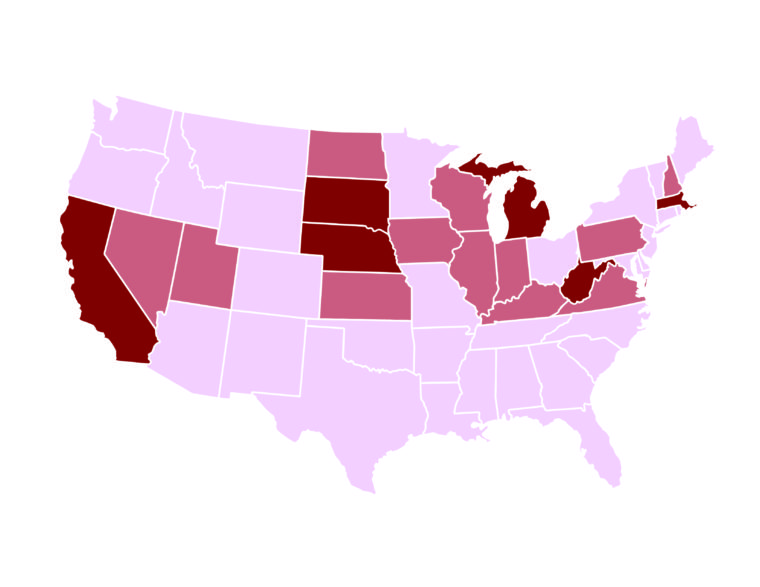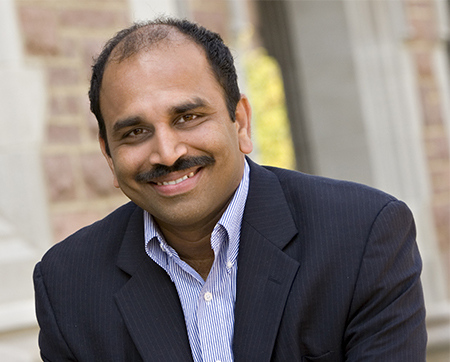
To create a framework from which to analyze the data, they focused on six states — California, Massachusetts, Michigan, Nebraska, South Dakota and West Virginia — that enacted large increases in minimum wage during late 2014 and early 2015. The researchers included data from hourly workers across different industries and studied their employment dynamics for up to one year following the wage increase. Once crunched, the data gave an innovative new look at the effect of a large minimum-wage hike on businesses and employees.
“We found existing minimum-wage employees benefit from minimum-wage increases,” Gopalan said. “Their wages go up, and they are no more likely to lose their jobs as compared to their counterparts in adjacent states. But following state minimum-wage hikes, companies are reluctant to hire new low-wage employees. In the one year following the wage hike, they increase the proportion of higher-wage (read: higher-skilled) employees and reduce the proportion of low-wage employees.”
The effects, while slight, were most pronounced in establishments such as administrative and support services, finance, hotels and food and manufacturing industries.
“For example, our estimates indicate that when Massachusetts enacted a 10-percent increase in the minimum wage, there was a decrease in low-wage workers of 1.6 percent at the average establishment relative to establishments in the neighboring control states,” Gopalan said. “In California, with the same 10-percent, minimum-wage increase, we saw a 1.2 percent decline in low-wage workers.”
According to Gopalan, these new findings can be of benefit to states and cities making decisions regarding minimum-wage policy.
“States and cities really need to take a look at what the employee composition is,” Gopalan said. “Are they a growing area where a lot of low-wage employees are entering the labor force? Or do they have existing employees but not a whole rush of new employees coming in? Optimal policy will differ based on these factors.
“For an area experiencing fast growth, having a high minimum wage will be a bad deal for the new entrants as they might have a tougher time finding a job. On the other hand, if you’re in an area whose population is not growing very fast, then raising the minimum wage will definitely benefit your existing low-wage employees, and the number of new employees who are hurt will be a minimum. Optimal policy will also depend on the industry composition of the establishments in the local economy.”
Gopalan says the next step is to further analyze other long-term benefit variables linked to higher minimum wage, including employees’ debt load and credit scores. The research may be viewed here; Gopalan may be reached for comment at gopalan@wustl.edu


